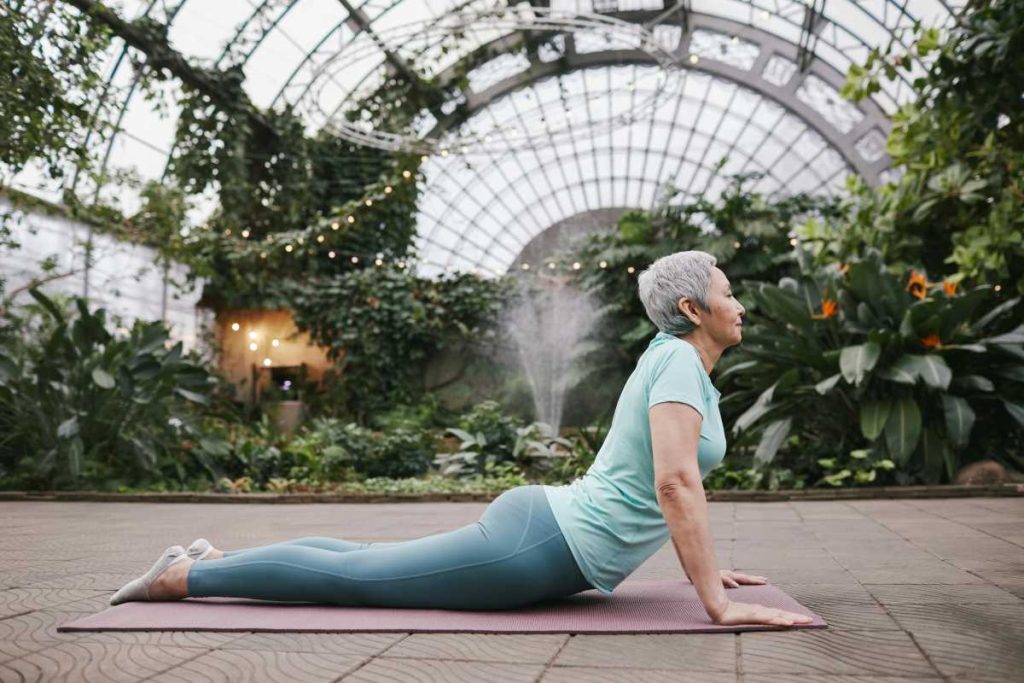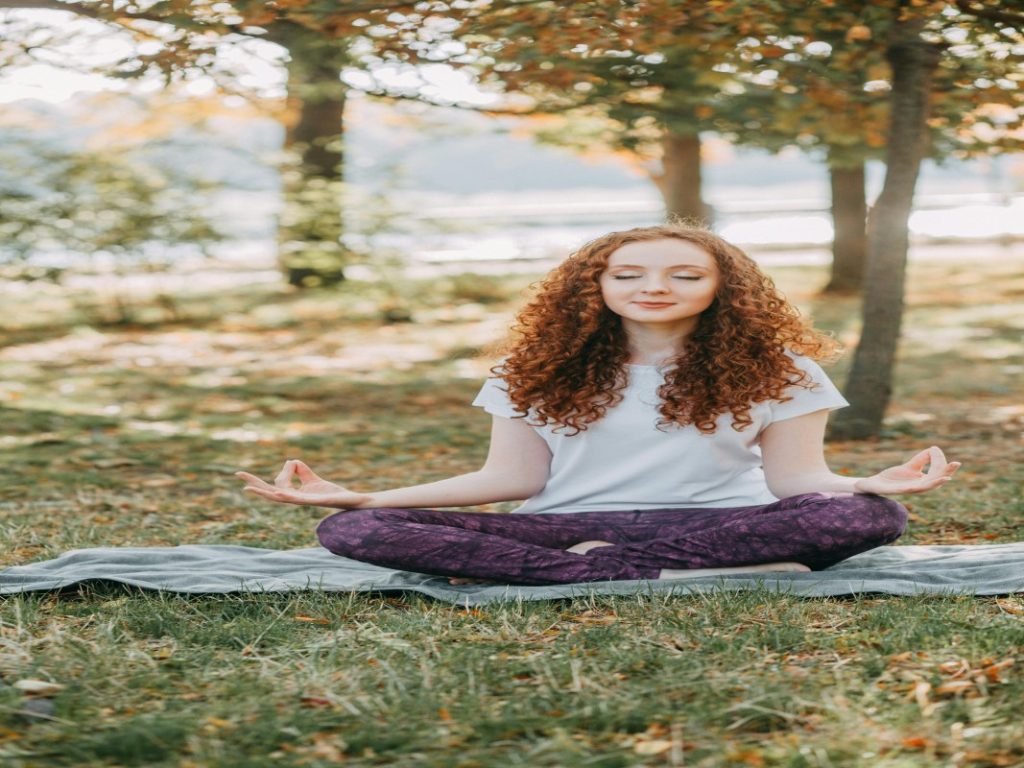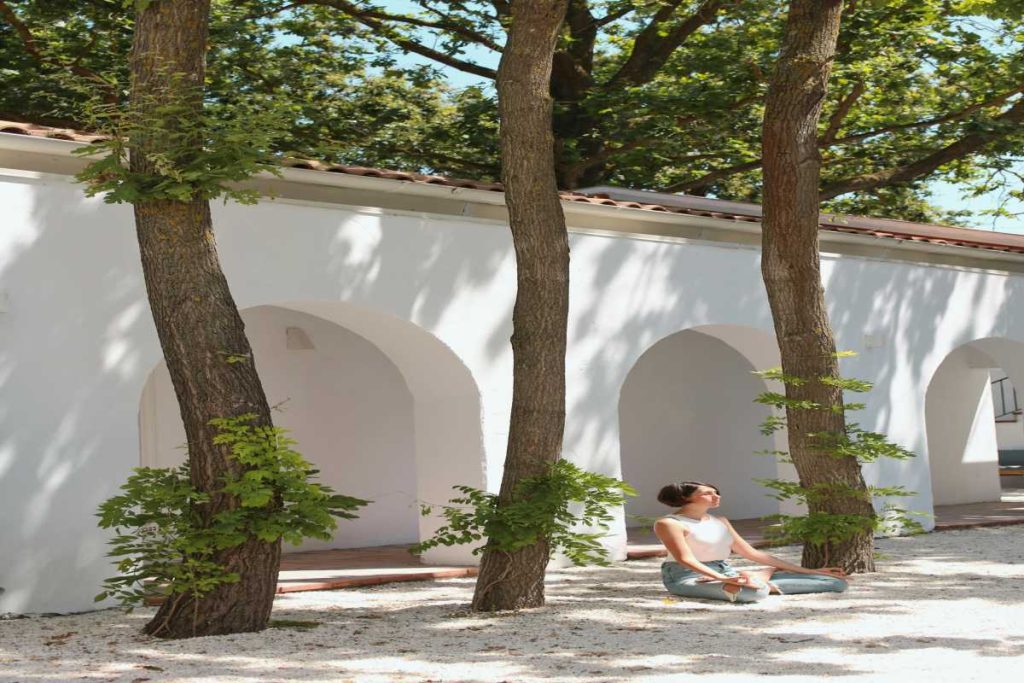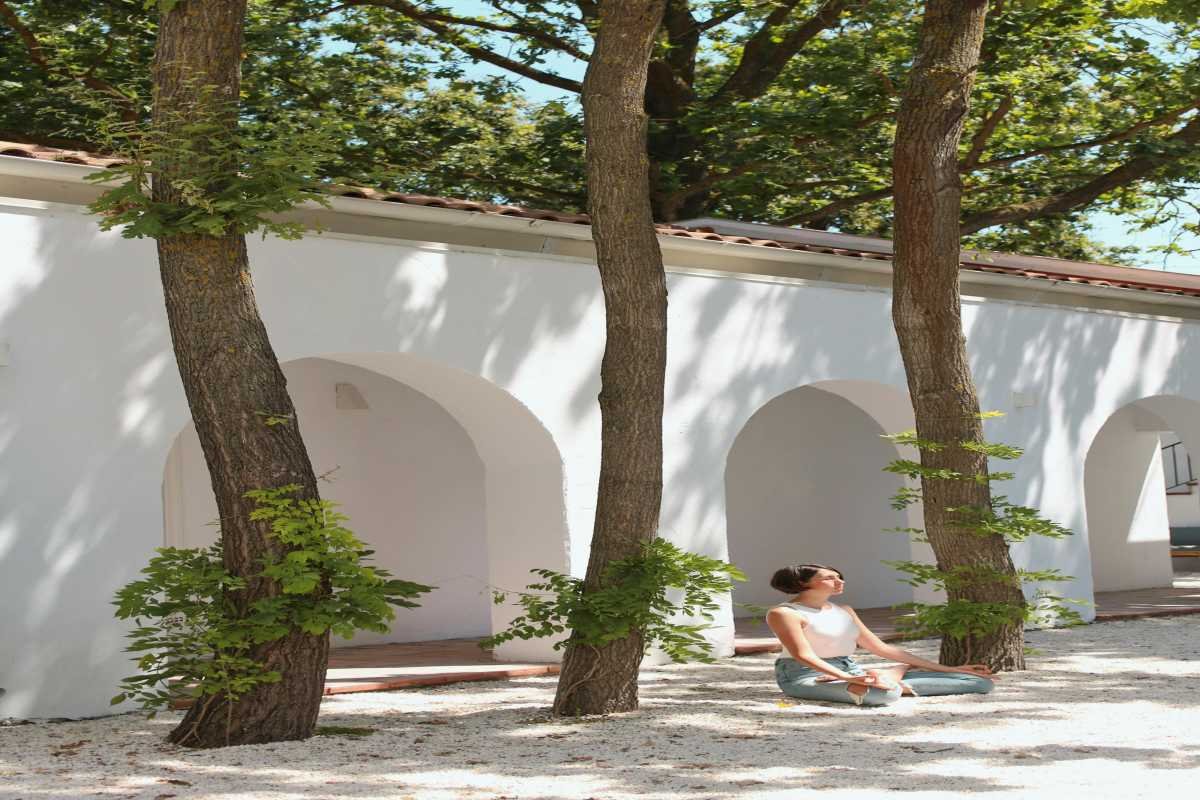In today’s fast-paced world, it can be difficult to find a quiet space to relax and clear your mind. A dedicated meditation room offers a peaceful sanctuary to practice mindfulness, deepen your meditation, and rejuvenate your body and mind. Whether you have an entire room or just a small corner to work with, transforming it into a peaceful meditation space can be a rewarding project that will serve as your personal retreat.
Creating a meditation room doesn’t require expensive furnishings or elaborate decor—what matters most is the atmosphere of peace, stillness, and comfort. In this blog, we’ll share six simple and budget-friendly DIY ideas that can help you turn any space into a calming meditation haven.
1. Choose the Right Space

Before you begin designing your meditation room, the first step is to choose the right space. A successful meditation room should be quiet, free of distractions, and ideally secluded from the hustle and bustle of daily life. Consider these factors when selecting your meditation space:
- Natural light: If possible, choose a space with plenty of natural light. Natural sunlight can uplift the mood and create a warm, welcoming atmosphere.
- Privacy: Select a location that’s private and quiet, free from interruptions. If you don’t have an entire room to dedicate, consider using a small corner or nook.
- Ventilation: A well-ventilated space will help keep the air fresh and improve overall comfort during your practice.
If you’re working with a small space, don’t worry—your meditation room can be as compact as a corner of your bedroom, living room, or even a balcony.
2. Declutter and Keep It Minimal
The key to creating a calming meditation room is simplicity and minimalism. A clutter-free space encourages focus and relaxation, helping to prevent distractions during your practice. Here are a few ways to declutter and keep your meditation room minimal:
- Remove unnecessary furniture: Keep only the essentials, such as a meditation cushion or mat, a small table, and perhaps a few plants. Avoid over-decorating the space.
- Storage solutions: If you need to store personal items or meditation accessories, invest in hidden storage such as baskets or a small storage bench to keep the space tidy and organized.
- Neutral color palette: Light, neutral colors such as whites, soft grays, and earthy tones are soothing and create a sense of calm. If you want to add some color, use muted hues like sage green, light blue, or soft lavender.
Remember, your meditation room should be a reflection of simplicity and serenity—less is often more in this case.
3. Create Comfortable Seating

Comfortable seating is essential for a successful meditation practice. Whether you prefer sitting cross-legged on the floor or using a cushion, your seating should promote proper posture and relaxation.
Here are some ideas for creating a comfortable and supportive meditation seat:
- Meditation cushions: Invest in a high-quality meditation cushion (zafu) or mat (zabuton) to help you sit comfortably for extended periods. These cushions are designed to support the hips and spine, allowing you to maintain a stable, relaxed posture during meditation.
- Floor seating: If you prefer sitting on the floor, add a plush rug or soft mat for extra comfort. A thick, cozy rug will help keep you grounded and provide cushioning while you meditate.
- Chairs or benches: If sitting on the floor is uncomfortable, you can also use a low-backed meditation bench or chair. Ensure the chair supports your spine and promotes proper alignment to avoid discomfort.
Choose a seating option that works for your body and your preferred meditation style. You can also experiment with different seating arrangements to see what feels best for you.
4. Add Soothing Lighting
Lighting plays a significant role in creating a relaxing atmosphere in your meditation room. Natural light is ideal, but you can also incorporate artificial lighting that complements the mood of the space. Consider these options:
- Soft, ambient lighting: Avoid harsh, bright lights. Instead, use warm, dimmable lights to create a soft and soothing glow. Lamps with soft, beige or amber bulbs work well to create a calming ambiance.
- Candles: Candles are a great addition to any meditation room. The gentle flickering of candlelight can help set a peaceful mood and provide a sense of serenity. Choose unscented candles or those with calming scents like lavender, sandalwood, or jasmine to enhance your practice.
- Fairy lights: String lights or fairy lights add a magical, whimsical touch to your meditation space. Use them sparingly to create soft, subtle illumination without overpowering the room.
- Salt lamps: Himalayan salt lamps are not only beautiful but also known for their calming effects. They emit a warm, gentle light and are believed to improve air quality, making them a perfect addition to any meditation room.
Lighting sets the tone for your practice, so be sure to choose options that promote relaxation and tranquility.
5. Bring Nature Indoors
Nature has a calming effect on the mind and body, making it an essential element of any meditation room. By incorporating plants and natural elements, you can create a space that feels serene and connected to the Earth. Here’s how to bring nature indoors:
- Indoor plants: Choose low-maintenance indoor plants that thrive in the lighting conditions of your space. Plants like peace lilies, succulents, bamboo, or ferns are great choices. They’ll not only purify the air but also add a touch of green to your room.
- Water elements: If you have the space, consider adding a small indoor fountain or water feature. The sound of flowing water can enhance the atmosphere, promoting relaxation and concentration during meditation.
- Natural materials: Incorporate natural materials like wood, stone, or bamboo into your decor. A wooden bench, stone sculptures, or a bamboo rug will help create a grounded, natural feel.
Having plants and natural elements in your meditation room fosters a sense of harmony and balance, which can support your practice and deepen your mindfulness.
6. Personalize the Space

While it’s important to keep the room minimal and uncluttered, adding personal touches will make the space feel like your own sanctuary. These elements will help you create a space that resonates with you and enhances your meditation practice:
- A calming altar: Create a small, personal altar with items that hold meaning for you. This could include candles, crystals, incense, photos, or spiritual symbols that inspire peace and mindfulness.
- Inspirational artwork: Hang artwork or prints that evoke feelings of calmness, nature, or spirituality. Choose calming imagery like landscapes, mandalas, or abstract designs that help you feel relaxed and focused.
- Aromatic elements: Bring soothing scents into the space by using essential oils, incense, or scented candles. Lavender, frankincense, and sandalwood are popular choices for creating a peaceful environment.
- Sound elements: Add gentle background music, nature sounds, or Tibetan singing bowls to enhance the atmosphere. Some people enjoy listening to meditation music or soundscapes like birds chirping or water flowing during their practice.
Personalizing your meditation room will make it a space that feels uniquely yours—one where you can connect with yourself and your practice on a deeper level.
Conclusion
Creating your own meditation room is a fulfilling project that can help you cultivate peace, mindfulness, and inner balance. With just a few simple DIY ideas—like choosing the right space, decluttering, creating comfortable seating, adding soothing lighting, incorporating nature, and personalizing the room—you can design a serene environment that supports your meditation journey.
Remember, your meditation room doesn’t need to be perfect; it just needs to be a space where you can relax, reflect, and reconnect with yourself. Take your time to create a room that feels comfortable, peaceful, and aligned with your meditation goals. Your own personal sanctuary is just a few thoughtful changes away!

